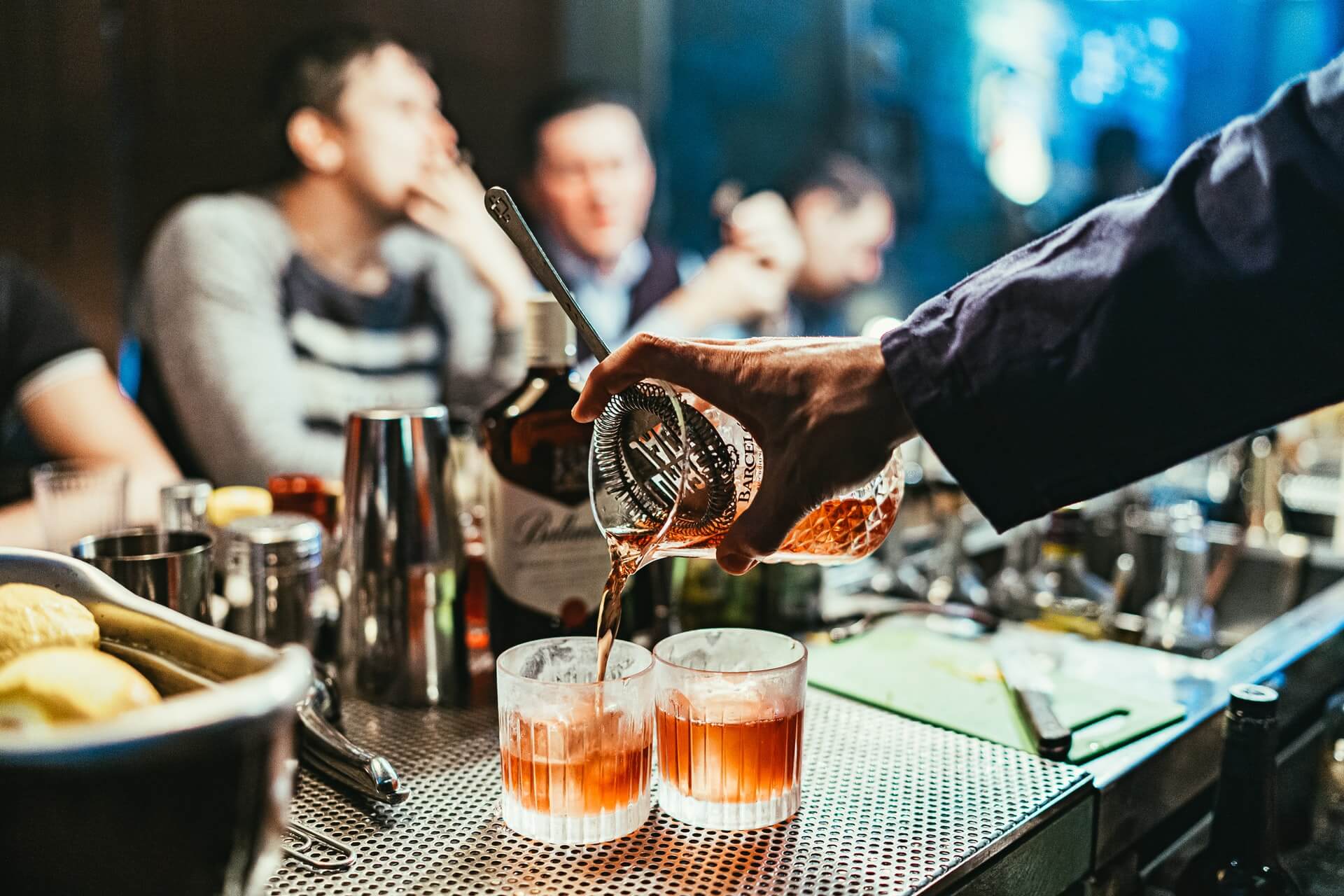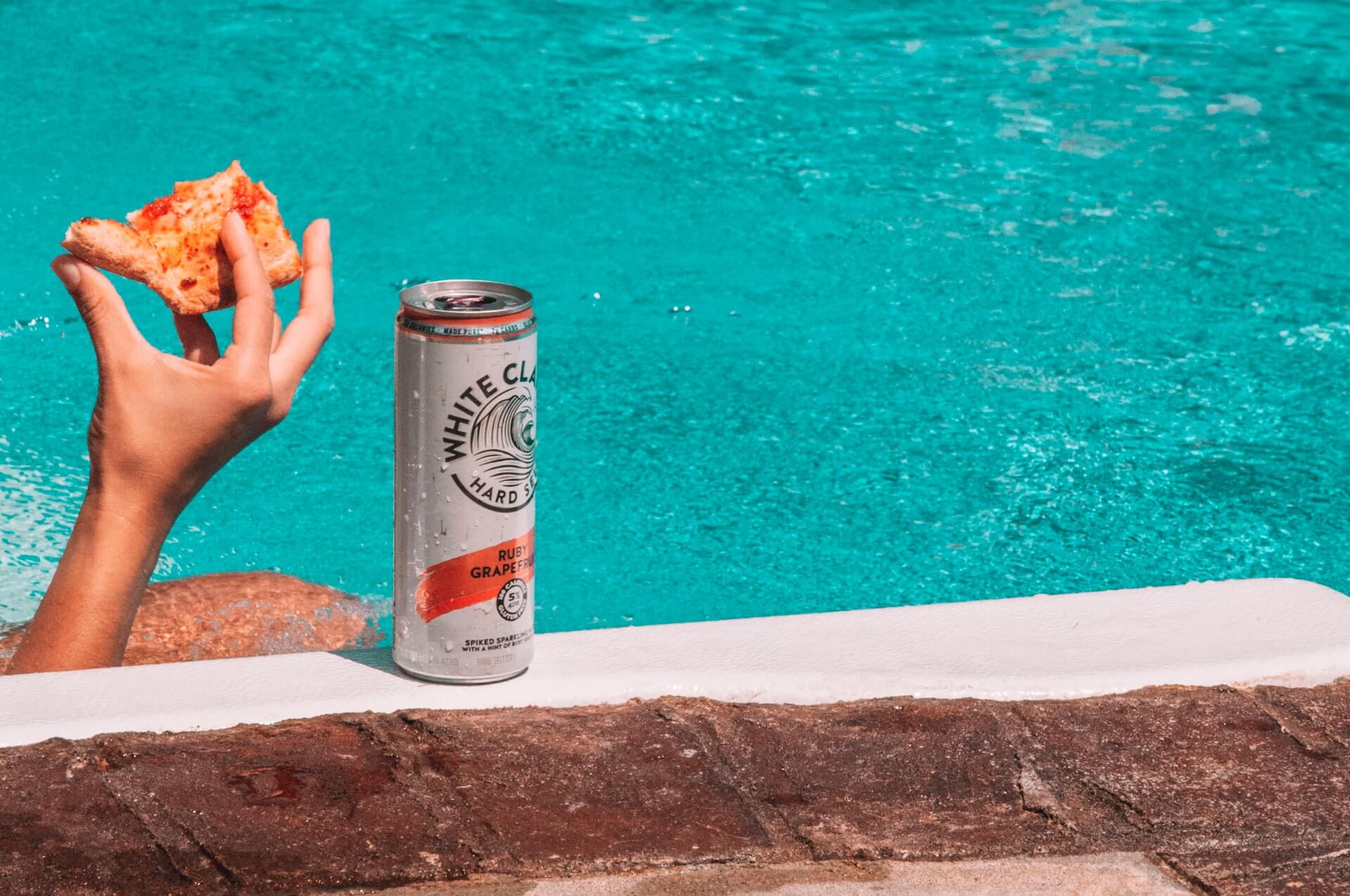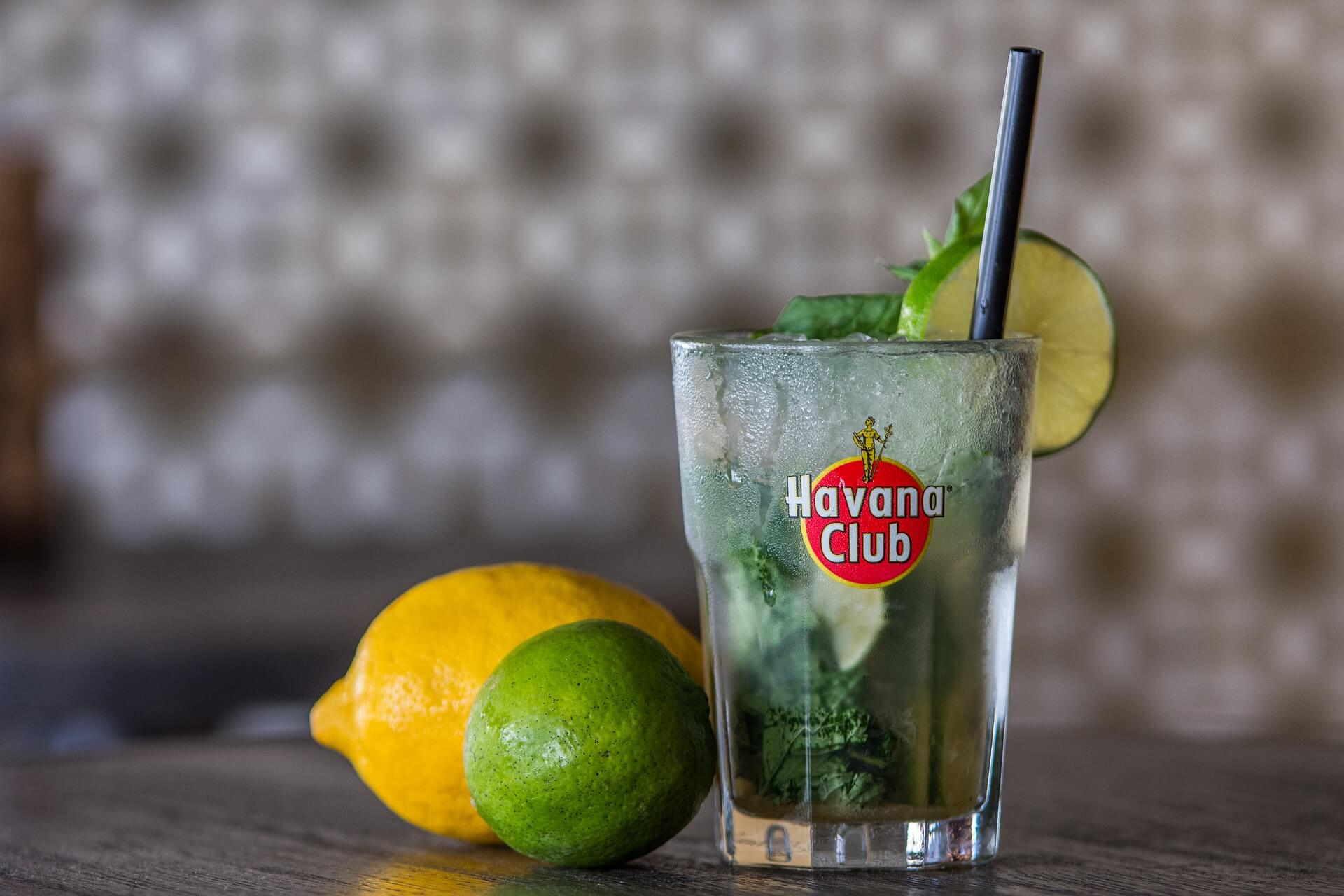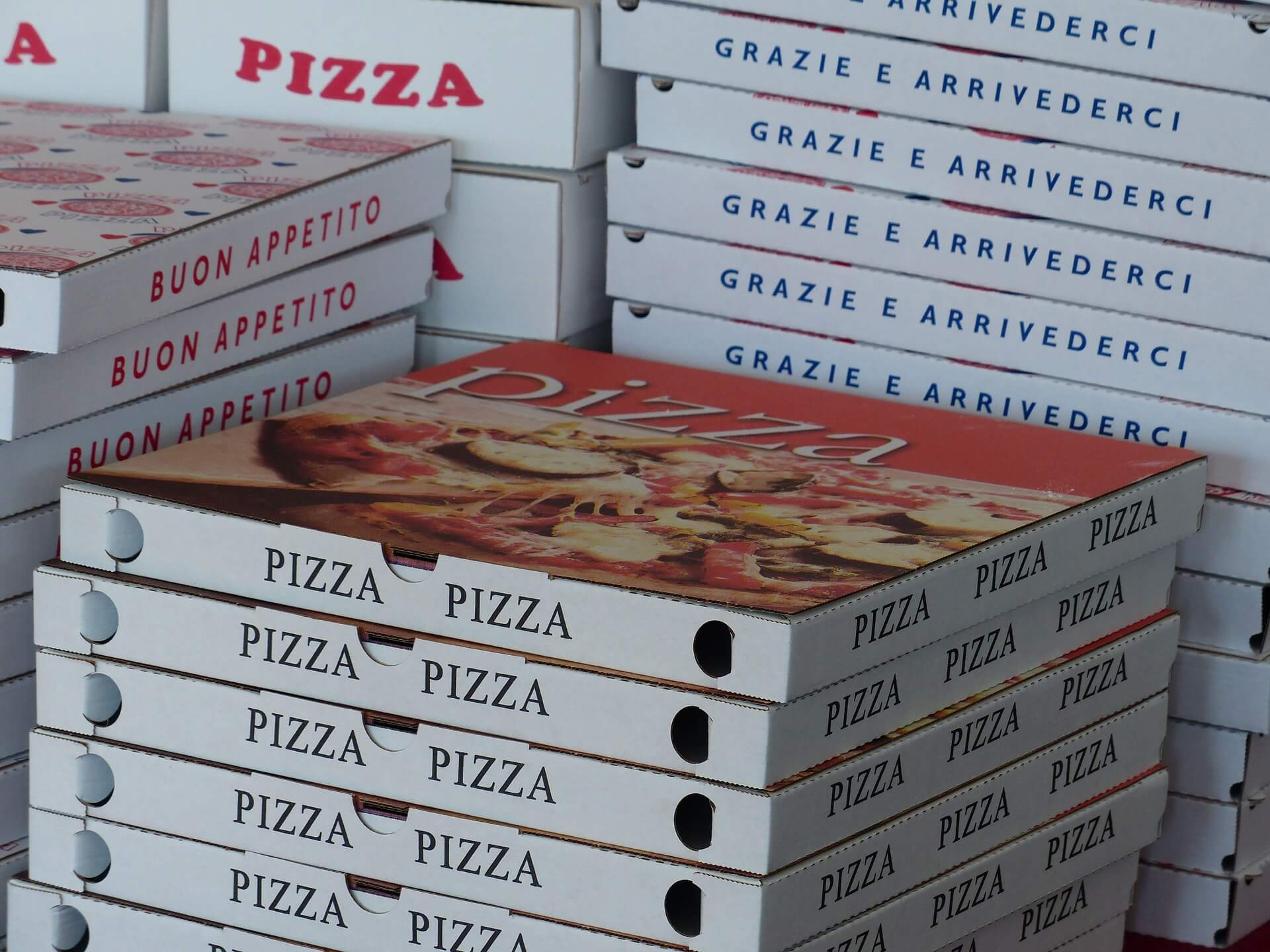9 Bottles for Bourbon Heritage Month
by David Klemt

One of the best elements of Bourbon Heritage Month is, undoubtedly, the opportunity to find and taste new expressions.
Given our love for finding new bottles, we’re sharing nine bottles to try this month.
Like our June 14 National Bourbon Day roundup, our suggestions for September run the pricing gamut. You’ll find a bottle under $20 and one with a $150 price tag.
The bottles below will also help your complete nine days of the 30 Days of Bourbon challenge. Who doesn’t love win-win situations?
$50 and Under
Evan Williams Bottled-in-Bond, $15
You don’t have to empty your wallet to enjoy a bonded bourbon. Also, doing so connects you with decades upon decades of bourbon distilling history and heritage. Evan Williams Bottled-in-Bond won’t break the bank and doesn’t skimp on quality, flavor or body.
Jim Beam Old Tub, $23
Speaking of bonded bourbons that won’t drain bank accounts, Jim Beam Old Tub is a limited edition, 100-proof expression that barely cracks $20 per 740ml bottle. This direct competitor to the bourbon above is neither carbon- nor chill-filtered. In fact, the distillery says the only filtering this liquid receives is of bits of wood from the barrels.
$51 to $99
Basil Hayden Toast, $50
Not only does Basil Hayden Toast receive its toasty profile from a second barreling, this bourbon features a new mash bill that includes brown rice. This is a smooth, subtle, 80-proof bourbon that practically begs you to relax and reflect to fully appreciate its nuances.
Henry McKenna Bottled in Bond, $65
There’s some controversy surrounding this 100-proof expression. That makes the bottle all the more compelling.
First, pricing can be as low as $35 per bottle SRP…if people hunting these bottles down get lucky. Some people report finding Henry McKenna Bottled in Bond for around $40, but most will say it’s between $65 and $80. Then there’s the fact that this small run bourbon isn’t exactly consistent between batches. That makes finding a bottling that really speaks to the consumer special.
Regardless of “controversy,” this bonded bourbon is aged for ten years, much longer than many other bottled-in-bond expressions out there.
Jack Daniel’s 10-Years-Old Tennessee Whiskey, $70
Here we go… On a technical level, Tennessee whiskey is bourbon. The process, up to a certain point, is identical: both must be at least 51 percent corn, and both must be aged in new, charred oak barrels. The big difference is the step that takes place just before the liquid is aged: it’s treated to a charcoal filtering.
So, please don’t come at us for including Jack Daniel’s 10-Years-Old Tennessee Whiskey on this list. Instead, seek out and try this new 97-proof offering from Jack Daniel’s.
Wild Turkey Kentucky Spirit, $65
This bourbon is for those looking for a single-barrel expression from one of the most recognizable names in bourbon production. Wild Turkey Kentucky Spirit rings in at 101 proof and is aged for eight years. Enjoyed neat, Kentucky Spirit delivers notes of almond, honey, leather, oak, pepper and vanilla, a full body, and a long finish.
$100 and Over
Old Forester Birthday Bourbon (2021 Edition), $130
September is a special month for bourbon lovers. Bourbon Heritage Month is the perfect time to splash out for high-dollar bottles. One of those is the industry’s first-ever vintage-dated bourbons.
For the unfamiliar, Birthday Bourbon has marked George Garvin Brown’s birthday, September 2, since 2002. As you may have suspected, George was the co-founder of Brown-Forman. This year’s Old Forester Birthday Bourbon is the product of 119 barrels that were filled on April 16, 2009, and aged for 12 years.
Woodford Reserve Master’s Collection Series No. 16 (Very Fine Rare Bourbon), $130
Whereas several bottles on this list pay homage to the rich history of bourbon production, Woodford Reserve Master’s Collection showcases the future. Now, Very Find Rare Bourbon is a nod to the past. However, the mission driving Master’s Collection is innovation. Special releases like Series No. 16 is produced with liquid from barrels that date back to 2003, which is the year that Chris Morris became Master Distiller.
Four Roses 2021 Limited Edition Small Batch, $150
Looking for a barrel-strength bourbon? Four Roses 2021 Limited Edition Small Batch is bottled at 114.2 proof. This bottling consists of four bourbons produced following four separate Four Roses recipes: a 12-year-old OESK, a 14-year-old OBSQ, a 16-year-old OESV, and a 16-year-old OBSV. To learn more about the Four Roses recipes, click here.
Image: Zhivko Minkov on Unsplash









